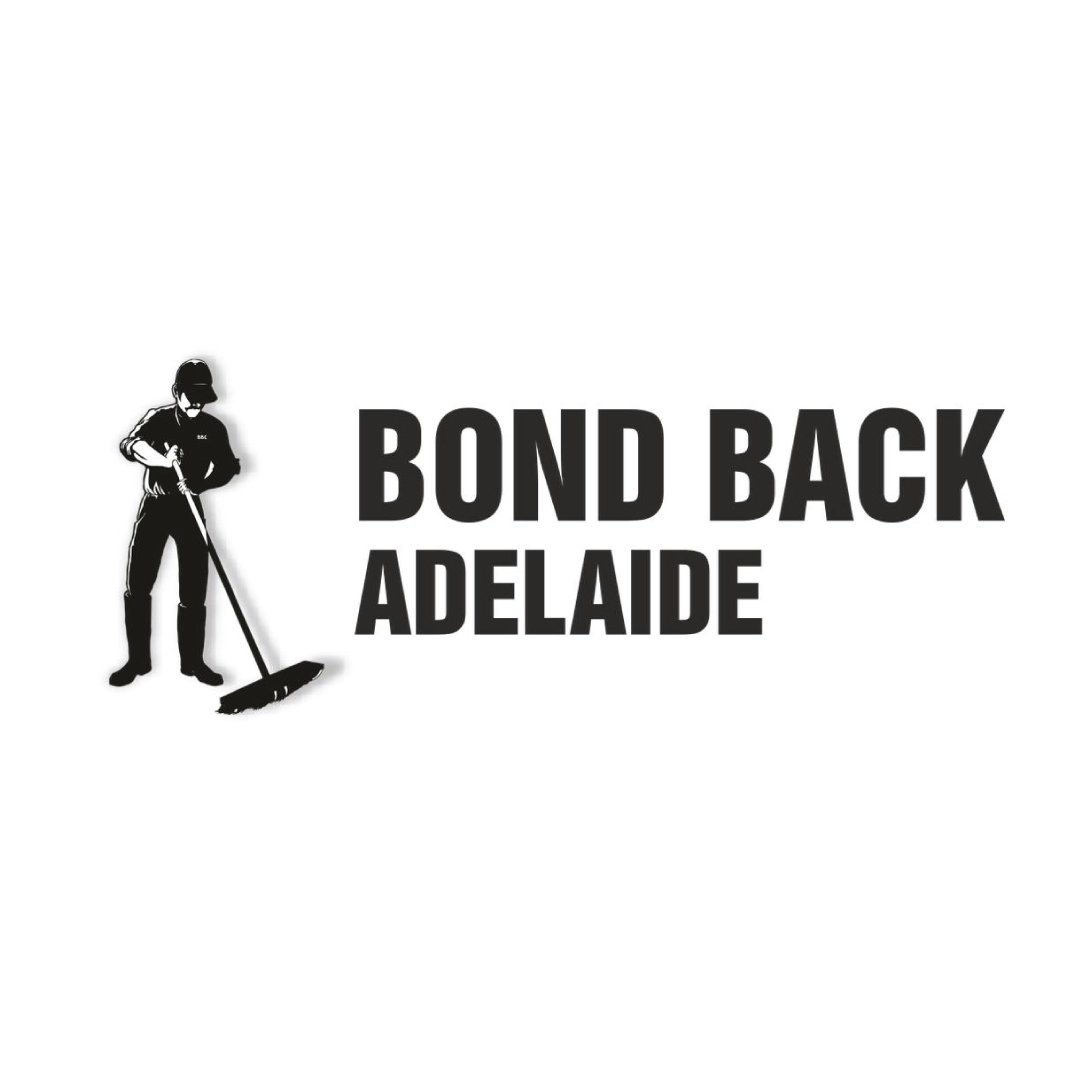Bond Back: The Ultimate Guide To Understanding And Securing Your Refund
Ever wondered what "Bond Back" really means and why it’s such a crucial term in property rentals? Whether you're a tenant or a landlord, this phrase can make or break your financial experience when dealing with rental agreements. From securing deposits to ensuring smooth returns, understanding Bond Back is essential for anyone navigating the rental world. Let’s dive into the nitty-gritty and uncover everything you need to know about it.
Nowadays, renting a place isn’t just about signing a lease and moving in. There’s a lot of legal stuff and financial obligations that come into play, especially when it comes to security deposits. Bond Back is one of those terms that often gets thrown around, but not everyone fully understands what it entails. So, if you’re scratching your head wondering how it all works, don’t worry—you’re not alone!
In this article, we’ll break down everything related to Bond Back, from what it is, how it works, and the steps you need to take to ensure you get your money back at the end of your tenancy. Whether you're a first-time renter or a seasoned landlord, this guide will arm you with the knowledge to protect your finances and simplify the rental process.
Read also:Alex Palmieri The Rising Star In Music And Beyond
What Exactly Is Bond Back?
Alright, let’s start with the basics. Bond Back refers to the process of returning a tenant's security deposit after the end of a tenancy. This deposit, often called a bond, is typically paid upfront by the tenant to secure the property and cover any potential damages or unpaid rent. Once the tenancy concludes, both parties assess the condition of the property, and if everything checks out, the landlord is required to return the bond.
Here’s the kicker: getting your Bond Back isn’t always a smooth ride. There are conditions, inspections, and sometimes disputes that can complicate the process. But don’t sweat it—we’ll cover all the important details to help you navigate this tricky terrain.
Why Is Bond Back Important?
Let’s face it: money matters. For tenants, losing out on a security deposit can be a significant financial blow. That’s why Bond Back is such a big deal. It ensures that tenants get their hard-earned cash back if they’ve fulfilled their responsibilities during the tenancy.
On the flip side, landlords also benefit from the Bond Back process. It serves as a safety net for any damages or unpaid bills that might arise after the tenant vacates. By having clear guidelines and procedures in place, both parties can avoid conflicts and ensure a fair resolution.
Key Points to Remember
- Bond Back ensures tenants receive their security deposit after tenancy ends.
- It protects landlords from potential damages or unpaid rent.
- Both parties must adhere to agreed terms and conditions for a smooth process.
How Does the Bond Back Process Work?
Now that we know what Bond Back is, let’s talk about how it works. The process usually starts with the tenant notifying the landlord of their intention to vacate. Once the tenant moves out, the landlord conducts a final inspection to assess the property’s condition. If everything is up to par, the bond is refunded to the tenant.
However, things aren’t always that straightforward. Disputes can arise if the landlord finds damages beyond normal wear and tear. In such cases, both parties may need to resolve the issue through negotiation or mediation.
Read also:Alex Bastala The Rising Star Whorsquos Taking The World By Storm
Steps to Ensure a Smooth Bond Back Process
- Move-In Inspection: Document the property’s condition before moving in using photos and notes.
- Regular Maintenance: Keep the property in good condition throughout the tenancy.
- Move-Out Cleaning: Ensure the property is clean and free of damage when vacating.
- Final Inspection: Accompany the landlord during the final inspection to address any concerns.
Legal Aspects of Bond Back
When it comes to Bond Back, knowing your rights and obligations is crucial. Different countries and states have their own laws and regulations regarding security deposits. For instance, in Australia, the Residential Tenancies Act governs the Bond Back process, ensuring both tenants and landlords are treated fairly.
It’s important to familiarize yourself with these legal frameworks to avoid any pitfalls. Many regions also have tenant protection agencies that can provide guidance and support if disputes arise.
Key Legal Considerations
- Understand the maximum bond amount allowed in your area.
- Know the timeframe for bond refunds after vacating.
- Be aware of the procedures for resolving disputes.
Common Misconceptions About Bond Back
There are a lot of myths and misconceptions surrounding Bond Back. Some people believe that landlords can withhold the entire bond for minor issues, while others think tenants can leave the property in any condition and still expect a full refund. Neither is true.
The reality is that Bond Back is governed by clear rules and guidelines. Both parties must act in good faith and adhere to the terms of the lease agreement. If there are damages or unpaid bills, the landlord can deduct the appropriate amount from the bond, but only after providing evidence and justification.
Busting Bond Back Myths
- Myth: Landlords can withhold the bond for any reason.
Fact: Deductions must be justified and documented. - Myth: Tenants don’t need to clean before vacating.
Fact: Cleaning is essential to ensure a full refund. - Myth: Normal wear and tear isn’t covered by the bond.
Fact: Wear and tear is typically excluded from deductions.
Top Tips for a Successful Bond Back
Want to increase your chances of getting a full Bond Back? Here are some top tips to help you out:
1. Keep Detailed Records: Document everything from the move-in inspection to regular maintenance. This will serve as valuable evidence if disputes arise.
2. Communicate with Your Landlord: Maintain open lines of communication throughout your tenancy. Address any issues promptly to avoid bigger problems later.
3. Follow the Lease Agreement: Stick to the terms and conditions outlined in your lease. This includes paying rent on time and adhering to property rules.
Additional Tips
- Hire professional cleaners if needed to ensure the property is spotless.
- Repair any minor damages before vacating to avoid deductions.
- Request a written confirmation of the Bond Back amount from your landlord.
Resolving Bond Back Disputes
Despite your best efforts, disputes can still happen. If you and your landlord can’t agree on the Bond Back amount, there are several options for resolution:
Mediation: Many regions offer mediation services to help resolve disputes amicably. This involves a neutral third party facilitating discussions between both parties.
Tenant Protection Agencies: These organizations can provide guidance and support in resolving disputes. They often have resources and legal expertise to help tenants navigate the process.
Court Action: As a last resort, you can take legal action to reclaim your bond. However, this should only be considered if all other options have failed.
Steps to Resolve Disputes
- Gather all relevant documentation and evidence.
- Contact your local tenant protection agency for advice.
- Consider mediation as a first step to resolve the issue.
Final Thoughts on Bond Back
So there you have it—a comprehensive guide to Bond Back. Whether you’re a tenant or a landlord, understanding this process is key to ensuring a smooth and fair rental experience. By following the tips and guidelines outlined in this article, you can minimize conflicts and maximize your chances of a successful Bond Back.
Remember, communication and documentation are your best allies in this journey. Keep records, adhere to the lease agreement, and always act in good faith. If disputes arise, don’t hesitate to seek help from tenant protection agencies or legal professionals.
Now it’s your turn. Have you ever dealt with a Bond Back situation? Share your experiences in the comments below and let’s keep the conversation going. And if you found this article helpful, don’t forget to share it with your friends and family!
Table of Contents
- What Exactly Is Bond Back?
- Why Is Bond Back Important?
- How Does the Bond Back Process Work?
- Legal Aspects of Bond Back
- Common Misconceptions About Bond Back
- Top Tips for a Successful Bond Back
- Resolving Bond Back Disputes
- Final Thoughts on Bond Back


